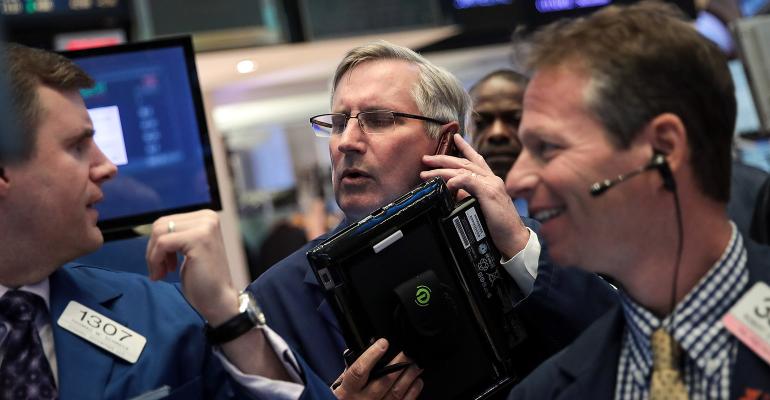No, this is not a lesson in mental health, but instead a reminder to closely examine our inner voices — those in pretense of knowing the truth. The broad opinion considers domestic stocks to be overpriced, or “high” in casual terms, especially when viewed in context of not only an “OK economy,” but also relative to arising geopolitical tensions and the late(r) stage of the business cycle; to a degree, these are all fair points.
Approaching the topic from another angle, what remains is the proverbial elephant in the room. My partner, Matt Dillig, recently pointed out to me that equities are likely “protected” for as long as there are no other credible alternatives available, especially from an income perspective. His argument is accurate, particularly when considering valuations in bond markets. The question to ponder then is why most investors think they know the “end” is near for stocks, while largely ignoring the complete absurdity of bond prices (for further details, see our work, Crexit, which makes the case that fixed income is the most expensive asset class, by far).
Analyzing flows into and out of bond funds (a proxy for the “retail crowd”), investors have timed purchases very poorly, doing what a disciplined investor should never do — buying after rates were down sharply (“buying high”) and selling when rates moved up sharply (“selling low”). Not only have over two-thirds of all inflows into bond funds over the last six years occurred at the highest price levels (measured based on 10-year yields at an average of 1.5-2.1 percent), but opportunities to buy at more attractive prices and with much better income available (e.g., at 3 percent yield in 2013) were largely missed.
At this point, we are observing a slowdown of flows into bond funds — typically an indication (staying with our above example of retail-investor actions) that rates will move lower from current levels. However, when expanding our analysis, institutional investors are now extremely NET LONG bonds (measured via Commitment of Traders data). It is worth noting that over the last five years, whenever data has shown this level of long bias, rates have subsequently risen (i.e., the opposite of what fund flows are suggesting and an example of current disconnect between retail and institutional investors as market indicators).
In conclusion: Not only do most of us have no accurate way of assessing the value/valuations of available investment choices, possibly only based on intuition (the proverbial voices), but we as investors are also deeply flawed in the way we express directional “bets” — in other words, when to invest or divest from a given asset class. Digging deeper into those “voiced opinions,” it is also interesting that investors remain cautiously optimistic (at best) with respect to equity markets, even at current record price levels. There is not a wave of euphoria “driving” markets, and therefore, the “end” may not be near.
The HighTower message: asset allocation decisions cannot be based on opinions, but need to be the result of a disciplined financial planning process. It is not relevant to beat markets, but to accomplish personal goals. At a time when price levels in many asset classes are likely not reflective of real-world expectations, it's important now more than ever to rethink conversations and decisions with our advisors — understanding that those voices need to carry structure and discipline. For further reading on this topic, please also see our 2014 piece, A Contract with Myself).

Matthias Paul Kuhlmey is a partner and head of Global Investment Solutions (GIS) at HighTower Advisors. He serves as wealth manager to high net worth and ultra high net worth individuals, family offices and institutions.





